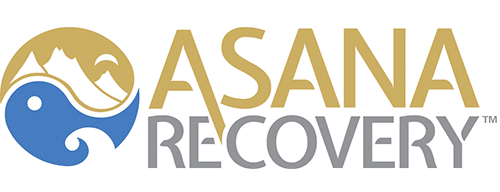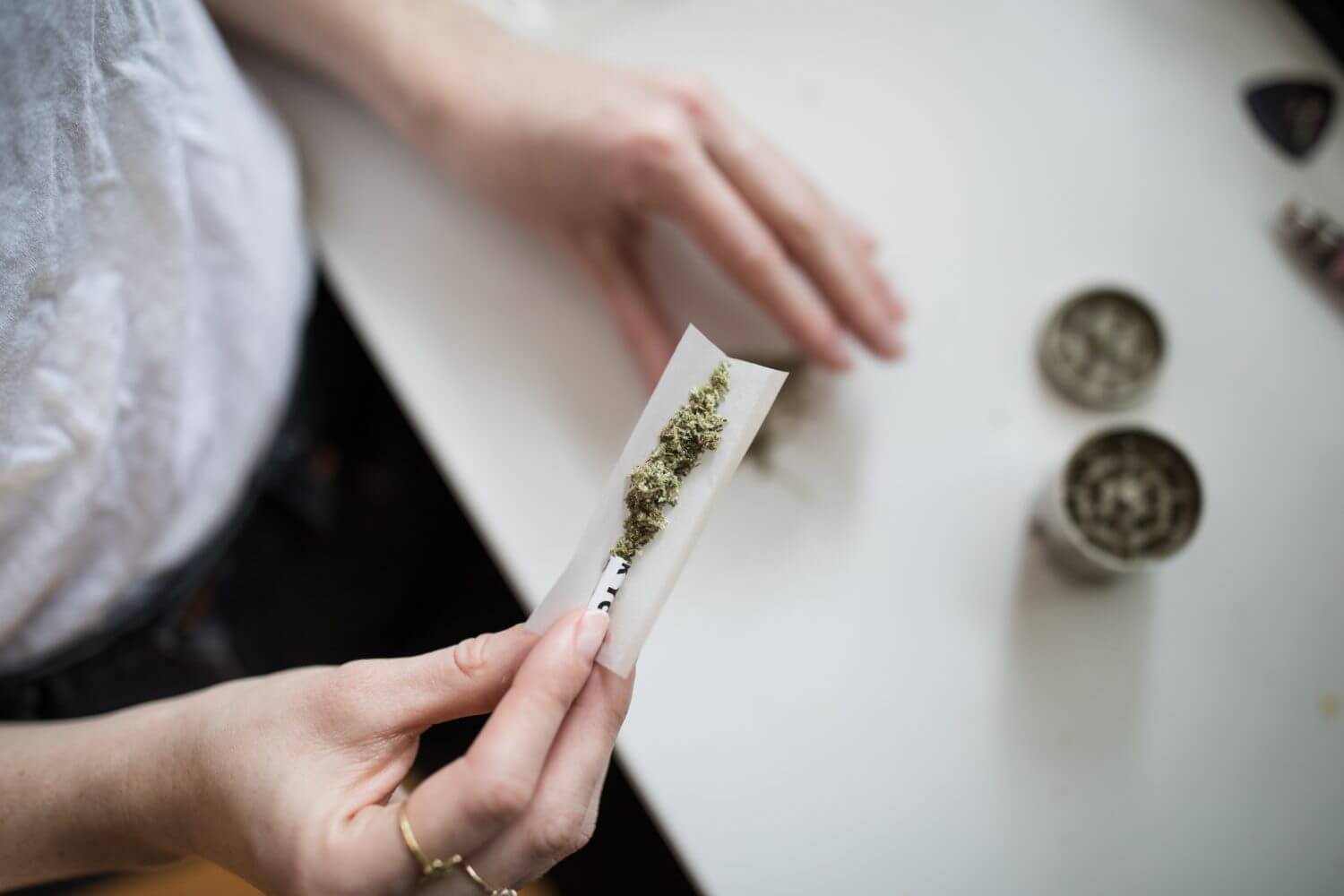Medical marijuana is becoming legal in more and more states, but who and what should it be used to treat? Pain is the number one reason people ask for a prescription. This is not typically pain like might occur after an accident or surgery, but rather more long-term problems such as chronic headaches, nerve pain, glaucoma, and pain from diseases like cancer. Other common uses are for anxiety, depression, and inflammatory bowel disease.
The body naturally makes chemicals similar to what is found in marijuana, which can help with pain and inflammation. Cannabis targets a system in the brain known as the endocannabinoid system, which has to do with memory, appetite, and response to stress.
Although the marijuana plant itself is not approved for medical use, THC, a key ingredient in marijuana, has been approved by the Food and Drug Administration to treat nausea and improve appetite. This can be helpful for people taking cancer medications, including chemotherapy, that causes nausea, and for HIV patients struggling with the loss of appetite. Synthetic THC is available as a prescription called Marinol (the generic is dronabinol). Cesamet (nabilone) is another synthetic form of marijuana used to treat nausea and vomiting caused by chemotherapy. Although these medications are approved for medical use, they can still be habit-forming and should not be used by people with drug or alcohol addictions. Some of the more severe side effects are anxiety, panic, paranoia, and hallucinations, but drowsiness, weakness, depressed mood and trouble concentrating are common.
There have been claims made for years that marijuana can help with symptoms of dementia, including in those with Alzheimer’s and Parkinson’s disease. This isn’t entirely true, unfortunately, as it doesn’t actually treat the underlying disease. Marijuana can alleviate certain behavioral symptoms, like aggression and agitation. It may not be worth it in the long run, however, because marijuana use can cause problems with thinking and memory.
Some proponents of legalized marijuana also argue that it can decrease the number of people with opioid addictions. One study found that among people with Medicare Part D, fewer prescriptions were filled for opioids in states with medical marijuana laws. Another examined opioid prescriptions among Medicaid patients and found that fewer existed in medical marijuana states. However, there haven’t been enough studies conducted yet to definitively say marijuana can be a cure for the opioid crisis.
If you are approved to use marijuana for medical reasons, you’ll be given a marijuana card. This allows you to go to government-authorized sellers, called dispensaries. Because smoking marijuana isn’t good for the lungs, you might use it instead to make hashish and hash oil, which can be drunk as a tea or eaten after mixing into foods. It can also be vaporized and inhaled without producing smoke.
If you or a loved one need help to quit drugs or alcohol, consider Asana Recovery. We offer medical detox, along with both residential and outpatient programs, and you’ll be supervised by a highly trained staff of medical professionals, counselors, and therapists. Call us any time at (949) 438-4504.



